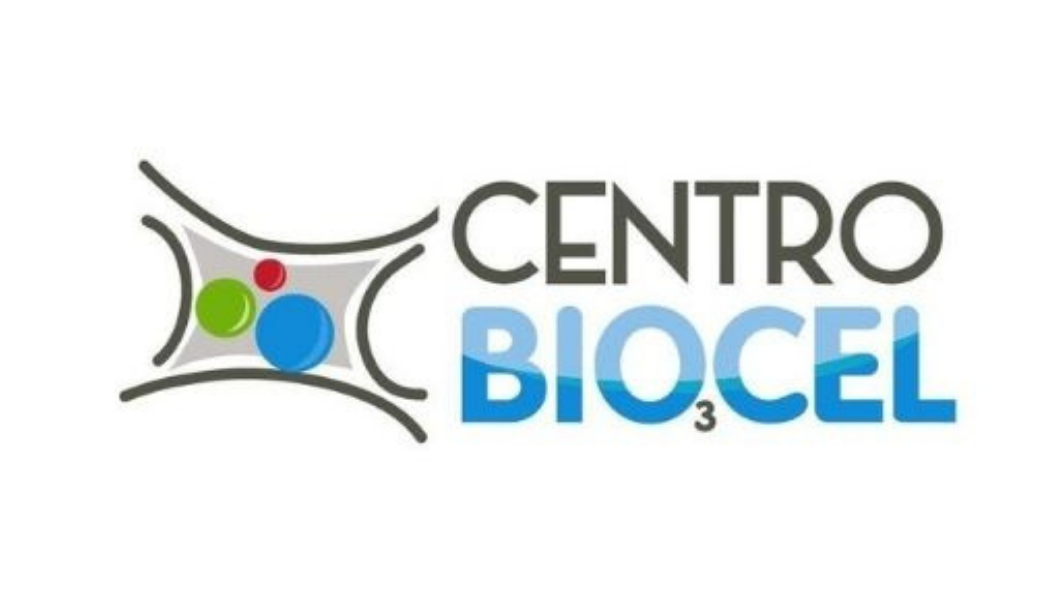Scalar Waves
Plasmatron®
Scalar Wave Treatment for the Future of Oncology Medicine and Chronic Degenerative Diseases
What is Plasmatron®?
Plasmatron is a German equipment, which works with scalar waves, for different diseases, including cancer. It has application in at least 100 diseases. Among them, acute and chronic infectious (including Lyme disease), autoimmune, inflammatory and in cancer.
¿How do scalar waves work in different diseases and in improving your life?
Scalar waves are waves of frequency and voltage, with the ability to penetrate your body.
The effect on the cells is to rearrange the frequencies of the same, for a perfect functioning, that is, to re-program the cells.
In cancer cells, it acts in mitosis (affects their growth or cell division).
The effect on the cells is to rearrange the frequencies of the same, for a perfect functioning, that is, to re-program the cells.
In cancer cells, it acts in mitosis (affects their growth or cell division).
How are scalar waves selective on the cells to be treated and cancerous?
The electromagnetic field of healthy and cancer cells is already known, as well as the perfect frequency of a body. Under these concepts, the intensity in voltage and the frequency necessary to treat the different pathological entities are applied.
If you want to know more you can read in:
www.soundresearchinternational.com/historia-de-las-frecursos-rife/
If you want to know more you can read in:
www.soundresearchinternational.com/historia-de-las-frecursos-rife/
Most frequent doubts:
How many sessions should be applied?
- It depends on the evolution of the disease, but it is advisable to apply a month and reassess to give continuity or to make adjustments in the program if necessary, the best thing is that it does not have side effects
- Only patients with pacemaker implantation, since being an electromagnetic field, it could discharge the generator battery.
- This type of electromagnetic wave generating equipment was banned in the 1940s, due to the fact that many patients with stage IV cancer were cured within 6 months of being applied.

